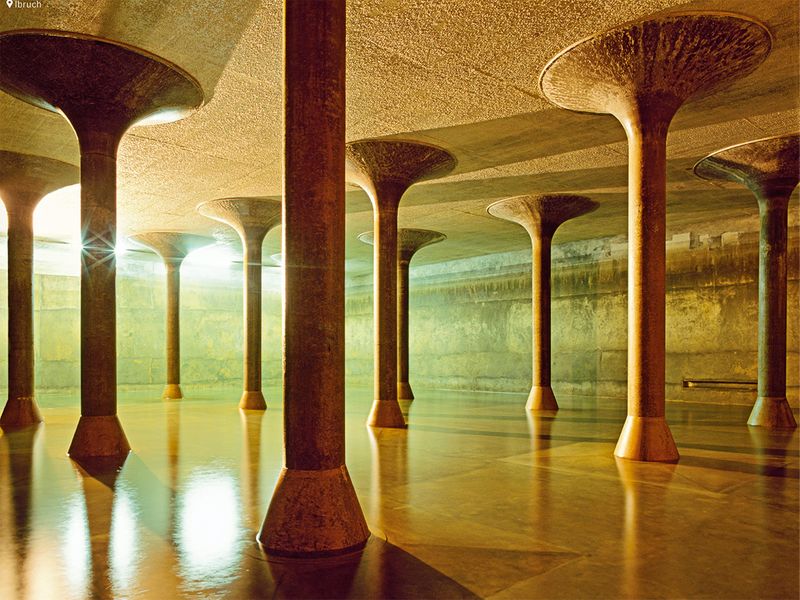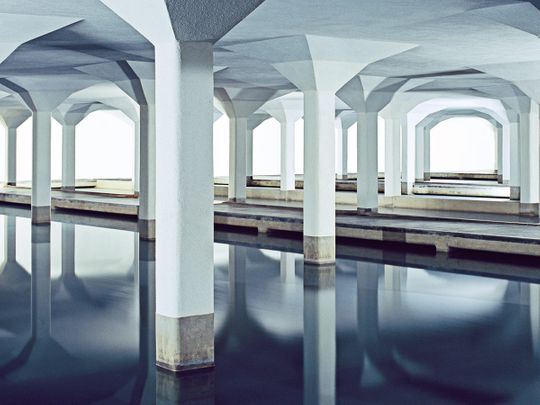
The impression is immediate: Underwater Cathedrals, a new book by photographer Silvio Maraini, is like an anatomy album. First the colours: bile green, vein blue, skin pink, muscle red. Then the textures: like worn-out textiles, speckled with plaques, knots and bruising. Silvio Maraini takes his lead from surgery. He opens up invisible, cavernous spaces, vessels closed in on themselves, and lakes where his very presence is a health risk. These cellars, more inaccessible than a safe, are drinking water reservoirs, which are underground in Switzerland, though in the open air in France. The French landscape is dotted with water towers with shapes as varied as pylons, the subject, a few years ago, of a rather wonderful book by Jean-Yves Jouannais (Prolégomènes à tout château d’eau, published by Inventaire-Invention).
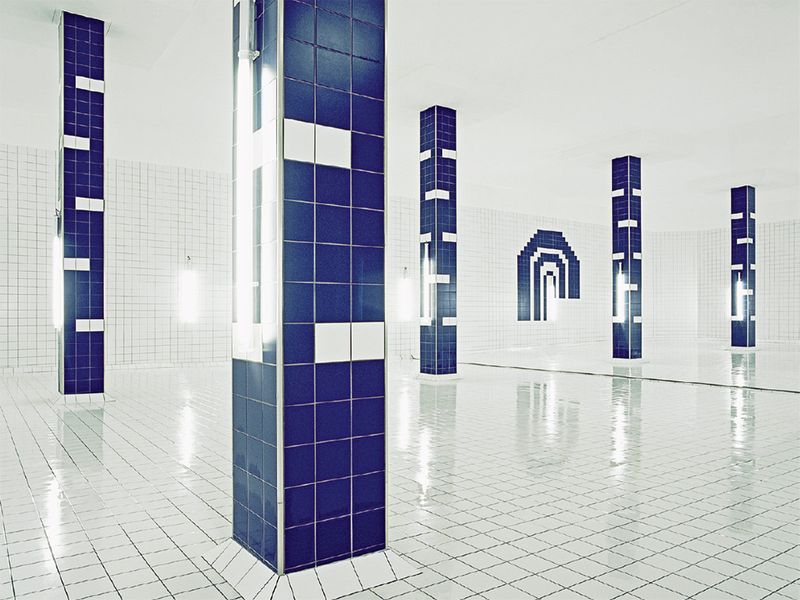
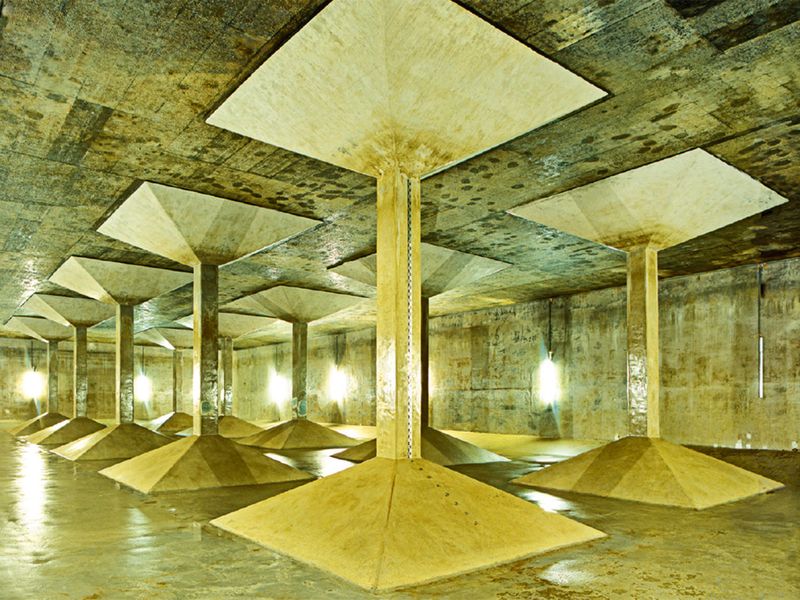
These cavities are extensions of our own organs
While Jouannais captures outdoor reservoirs in his lens, Maraini takes photographs from the depths of thesebunkers. A feat that is practically impossible, as the tanks are always full and therefore inaccessible. The photographer had to wait until the reservoirs were cleaned, which is usually once a year. Duly authorised – the hygiene of the reservoirs is subject to stricter controls than an operating theatre – he then has just a few hours to shoot these hidden cellars.
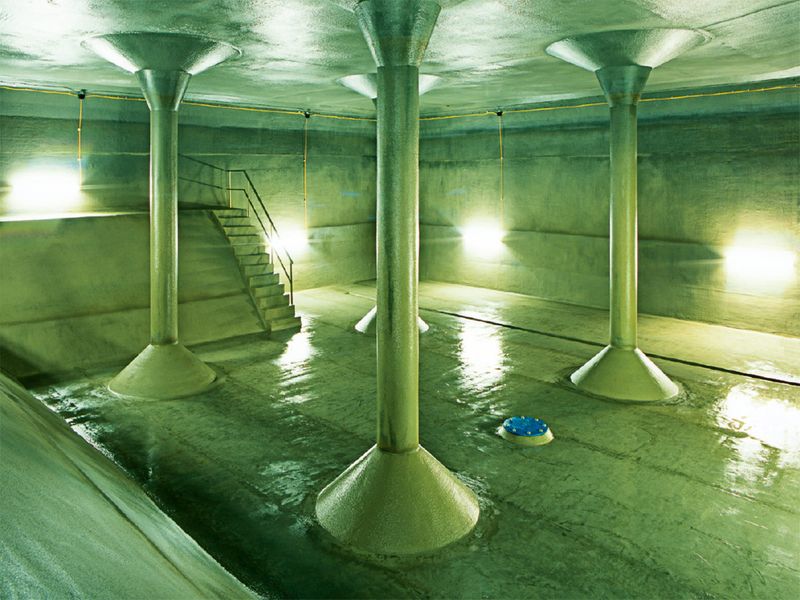
What do his photographs show? A little water, lots of walls and columns, but especially our own bodies, viewed from the inside. The water stored in these reservoirs comes out of our taps, then goes down our throats into our stomachs, and it is almost impossible to avoid thinking that these glazed walls are the last surfaces the liquid comes into contact with before trickling down through our oesophagus. In a way, these cavities are extensions of our own organs, constructions halfway between a building and biology.
This link is all the easier to make when you look at the pools, also photographed by Maraini, which are covered in layers of a kind of parasitic flora that has spread over the walls like abstract mapping. The space presented to us is not dead or void of interest; rather it is a living receptacle that we almost expect to see moving.
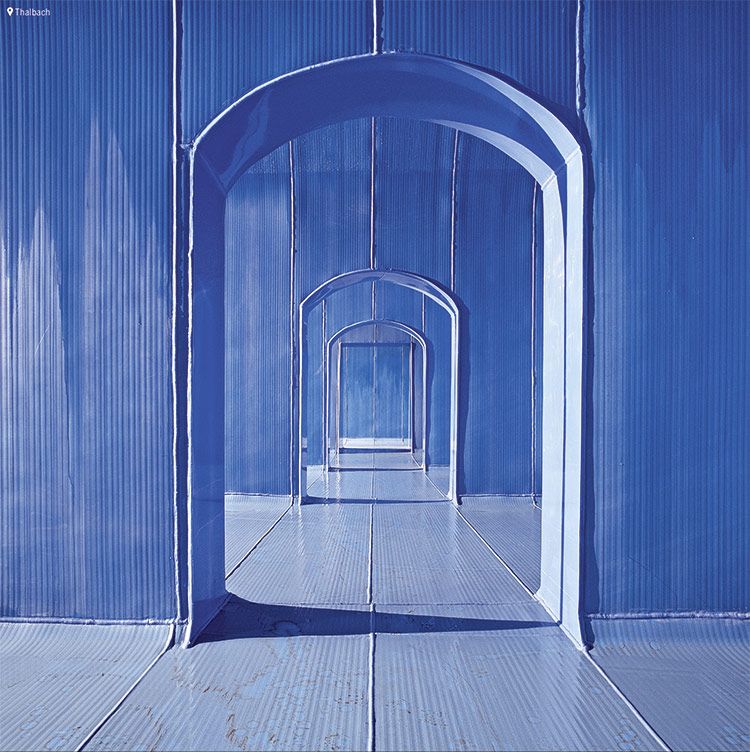
The images taken by Maraini fit into a particular genre of extreme architectural photography. Like the agency Ave-Multimédia, a specialist in nuclear reactors, or Connie Zhou, commissioned by Google to document its data centres, the work of this Swiss photographer has focused on buildings which, apart from being invisible, are inaccessible to the public and impossible to enter secretly. The images are taken following lengthy negotiations, not only with public bodies, but also with various health authorities.
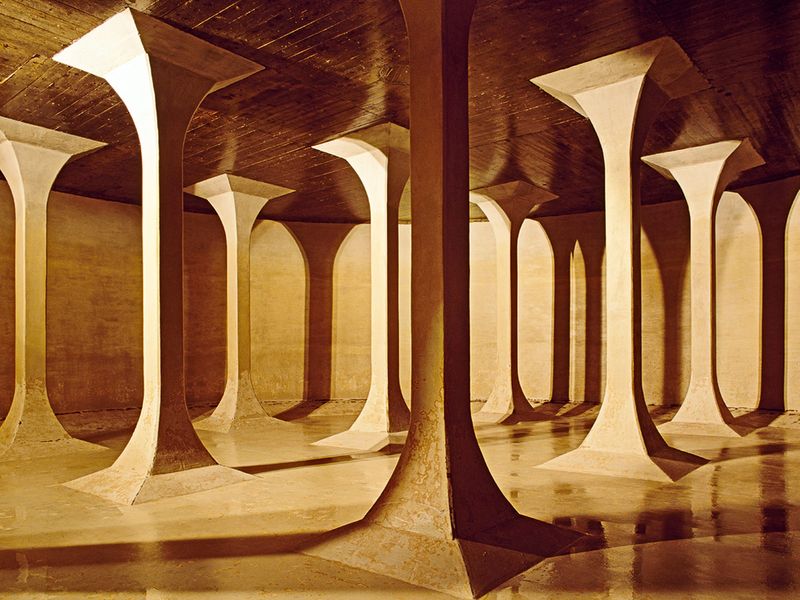
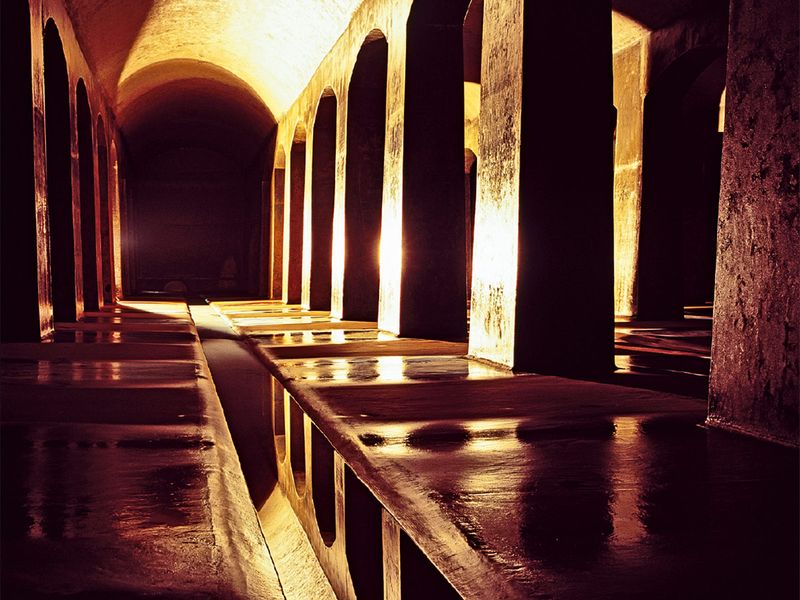
Drowned prints of the deep, stellar images of impenetrable depths
To this group of visual adventurers, with little in common with images of industrial ruins (ruin porn), currently trending on social media, there is also Guillaume Greff, who took incredible images from the Sissonne camp, a training site for urban campaigns by the French army (Dead Cities, Kaiserin publishing), as well as Raphaël Dallaporta. After spending an entire year at the Institut médico-légal (the police morgue) in Paris (Fragile, GwinZegal publishing), in 2015, this young French photographer descended into the depths of the decorated cave in Pont-d’Arc, Chauvet Cave, one of the oldest prehistoric sites in the world, accessible only by palaeontologists, and even then, for no more than one hour a day to avoid damaging the paintings. During this descent, he took gigantic pictures drowned in shadows, stellar images of impenetrable depths. As far as the eye can see, time, matter and space fuse into one.
